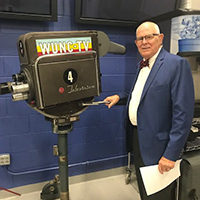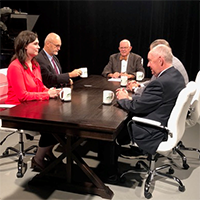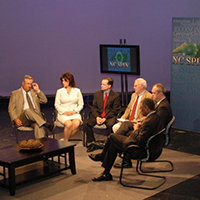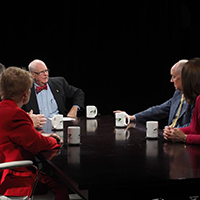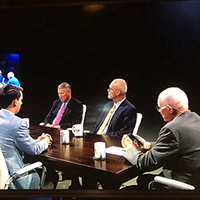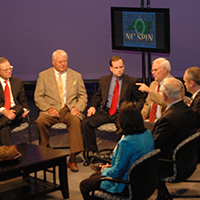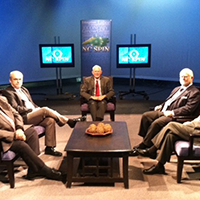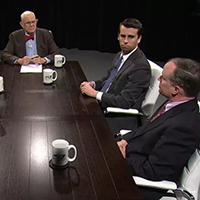Transportation priorities a test for Administration
Published December 10, 2014
by Patrick Gannon, The Insider, December 8, 2014.
Last week, state officials released the first batch of transportation projects to be funded through 2025 under the new "strategic mobility formula" proposed by Gov. Pat McCrory and approved by the General Assembly.
Lawmakers, transportation officials and the governor touted the new strategy as a way to reduce the state's infrastructure woes by building more projects than the old system, in place since the late 1980s, and, perhaps more importantly, building the right ones.
The formula, they say, relies more on data – such as congestion, safety, cost, travel-time savings and other factors – and less on politics in deciding which improvements get funded.
The strategy provides about $15 billion over the next decade for 1,073 projects in six modes – highways, aviation, bicycle and pedestrian, ferry, rail and public transit. It will construct nearly three times as many highway projects as the old formula would have produced, officials said.
How's that possible without any new tax or fee revenue coming in?
First, it takes $200 million to $300 million a year that had been used to pave secondary roads, replace bridges and do other work and lumps it in the capital program. Second, it prioritizes smaller, less expensive projects – such as intersection improvements and new turn lanes. Those projects, transportation officials say, will increase mobility and accessibility and reduce travel times in cities and towns across the state.
As I write, transportation planners and local elected officials are combing through the 2-inch-thick document to see which projects in their areas made the cut, and which didn't. Even if the new way is better than the old, many needed improvements across the state are left out of the 10-year funding list because of a cash shortage.
In the legislative session starting in January, lawmakers are expected to debate new transportation funding sources, such as a $1 billion bond issue, increased Division of Motor Vehicles fees and tolls.
Drivers tend to notice what officials get wrong on transportation, not what they get right. I may never hear anyone put it better than Rep. Bill Brawley, a Charlotte-area Republican and chairman of the House Transportation Committee.
Everyone knows two roads, Brawley said last week at a transportation committee meeting.
"There's a road you drive and you don't understand why it's not better maintained and why it's so congested, and why it hasn't been fixed," he said. "And there's a road on which you have driven that is over-engineered and there's hardly any traffic, and you're wondering, 'Why is this great road here, and my road is terrible?'"
Brawley continued: "And everybody in this room has those two roads in mind, and they are two different roads in every case."
Brawley's statements get at the heart of what happens when the complex method of paying for, constructing and maintaining transportation infrastructure is far from perfect and when there's not enough road money to go around. The new formula is a first step at trying to address that.
State Sen. Bill Rabon, a Southport Republican, said history may remember the new transportation funding strategy as the "flagship legislation of this administration five years from now and probably three decades from now." It may be more important, Rabon said, than Republican efforts on tax reform and eliminating unemployment insurance debts to the federal government.
But the state's motorists will decide that, long after McCrory and most of today's lawmakers are out of office.
December 10, 2014 at 11:19 am
Richard Bunce says:
Down here in SE NC we have had several significant road projects undertaken... they may be nice but hardly essential. They still seem to be doing more roads than maintaining existing roads. We seem to build for future growth which attracts future growth resulting in the same or worse traffic issues than before.
